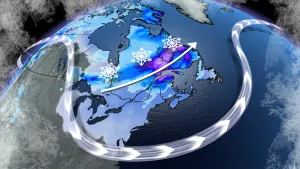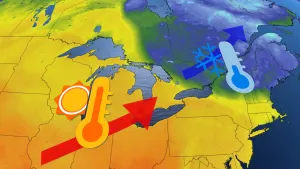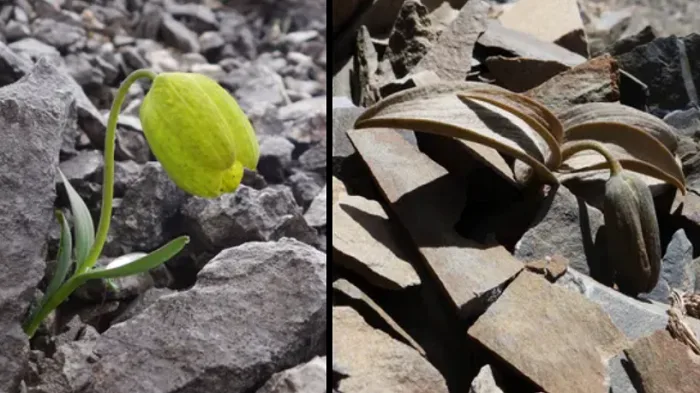
This heavily-picked plant is evolving to 'hide' from humans
Plants in heavily-harvested areas are beginning to blend into their surroundings, researchers say.
A plant commonly used in traditional Chinese medicine has evolved to become less visible to humans, according to new research.
Fritillaria delavayi plants live on rocky slopes in China's Hengduan mountain and have been used in eastern medicines for more than 2,000 years but harvesting has recently increased, the study's authors say.
Now, scientists have found human activity is likely "forcing" the evolution of the species after it was discovered the plants match their surroundings more closely in areas where they are heavily harvested.
A computer experiment suggests people took longer to discover the camouflaged plants and they were more likely to remain undetected. This provides camouflaged plants with an evolutionary advantage by increasing their chance of survival.
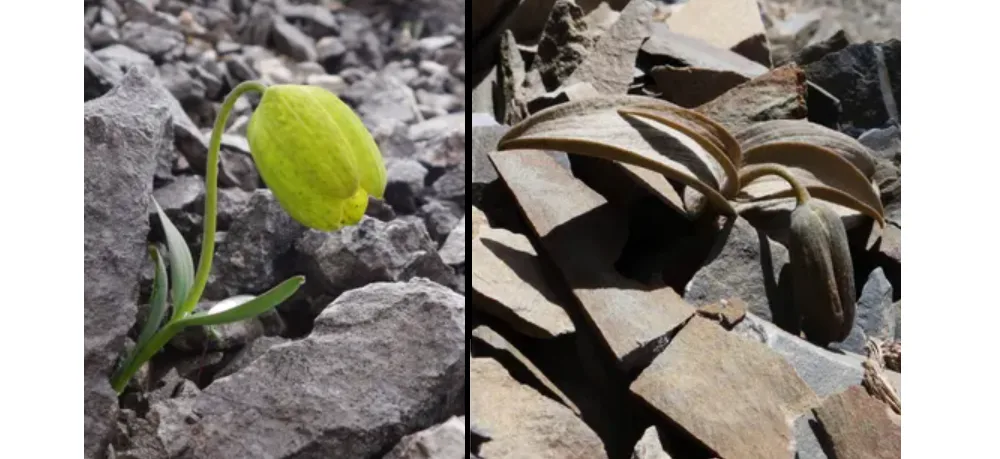
On the left: Fritillaria delavayi in a low harvest area and on the right, in a high harvest area. Courtesy: Yang Niu.
"It's remarkable to see how humans can have such a direct and dramatic impact on the colouration of wild organisms, not just on their survival but on their evolution itself," Professor Martin Stevens of the Centre for Ecology and Conservation on Exeter's Penryn Campus in Cornwall said in a statement.
"Many plants seem to use camouflage to hide from herbivores that may eat them - but here we see camouflage evolving in response to human collectors. It's possible that humans have driven evolution of defensive strategies in other plant species, but surprisingly little research has examined this."
For their paper, researchers analyzed how closely plants from different locations matched their environment and how easy they were to detect and harvest. They then spoke to locals to gain insight into how much harvesting took place in each area.
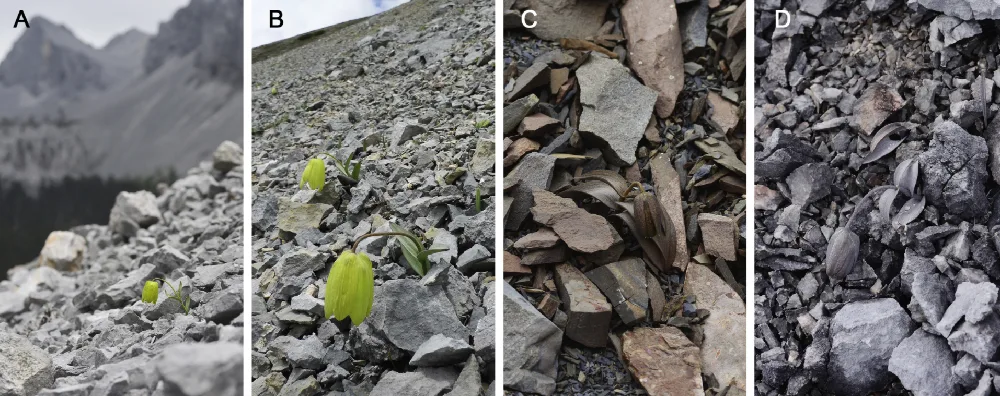
More examples of camoflaged plants in images C and D. Courtesy: Yang Niu.
"Commercial harvesting is a much stronger selection pressure than many pressures in nature," Professor Hang Sun, of the Kunming Institute of Botany, said in a statement.
"The current biodiversity status on the earth is shaped by both nature and by ourselves."
The paper, titled "Commercial harvesting has driven the evolution of camouflage in an alpine plant," appears in the journal Current Biology.







